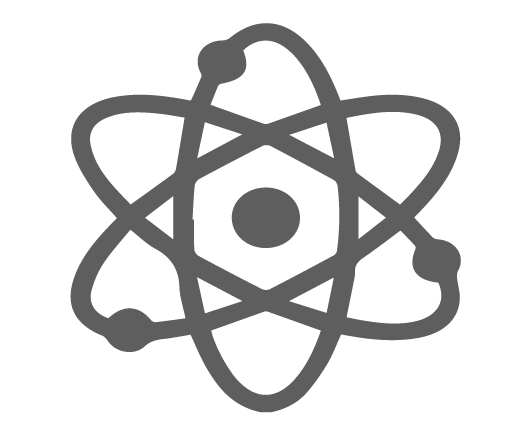Introduction
Physics of Rocket Propulsion: Newton’s Laws in Action
Trajectory and Orbital Mechanics
Lunar Landing: Gravitational Considerations
Environmental Challenges and Physics Solutions
Communication Systems: Overcoming Vast Distances
Re-Entry Physics: Managing Atmospheric Re-entry
Conclusion
References

Introduction
The Apollo 11 mission of 1969, resulting in the first human steps on the Moon, is not just a historic achievement but a pinnacle of applied physics. This paper delves into the intricate physics concepts and technological breakthroughs that made this mission possible, exploring the complex challenges NASA overcame.
Physics of Rocket Propulsion: Newton’s Laws in Action
The launch of the Saturn V rocket was a practical demonstration of Newton’s Third Law of Motion. The rocket engines combusted liquid hydrogen and oxygen, creating a high-speed exhaust gas that propelled the rocket upwards. Newton’s Second Law (F=ma) was pivotal in calculating the required thrust. The Saturn V generated approximately 34.5 million newtons of force at lift-off, overcoming Earth’s gravitational pull (Turnill, 1974).
Trajectory and Orbital Mechanics
Navigating to the Moon required precise calculations in orbital mechanics. Apollo 11 utilized a free-return trajectory, ensuring a path back to Earth in case of system failure. This trajectory involved precise speed and angle calculations to enter and exit lunar orbit, a complex application of gravitational slingshot principles (Chaikin, 1994).
Lunar Landing: Gravitational Considerations
The lunar module’s descent was a delicate process, guided by the physics of motion under lunar gravity, which is only one-sixth of Earth’s. Adjustments in the thrust-to-weight ratio were crucial for a controlled descent and soft landing. The module’s descent engine was specifically designed for the Moon’s lower gravity, ensuring the precise control of descent speed (Harland, 1999).
Environmental Challenges and Physics Solutions
The absence of atmosphere on the Moon required unique solutions for heat dissipation, managed through radiative cooling methods. Additionally, the lunar module’s design incorporated micrometeoroid shielding and thermal insulation to protect against extreme temperature variations and the vacuum of space (Jones, 2002).
Re-Entry Physics: Managing Atmospheric Re-entry
The command module’s re-entry into Earth’s atmosphere was a critical phase, governed by aerodynamics and heat transfer principles. The re-entry angle was crucial: too steep would cause excessive heating, while too shallow could result in skipping off the atmosphere. The heat shield, employing ablative material, was designed to withstand temperatures of around 2,800 degrees Celsius, primarily through radiative cooling (Nelson, 2009).
Conclusion
The Apollo 11 mission’s success was a testament to human ingenuity and the application of physics in overcoming extraordinary challenges. From the fundamentals of rocketry to the complexities of orbital mechanics and re-entry physics, every aspect of the mission was underpinned by scientific principles. This historic event not only marked a milestone in space exploration but also served as a catalyst for further advancements in space technology and exploration.
References
- Turnill, R. (1974). The Moonlandings: An Eyewitness Account. Cambridge University Press.
- Chaikin, A. (1994). A Man on the Moon: The Voyages of the Apollo Astronauts. Viking.
- Harland, D. M. (1999). Exploring the Moon: The Apollo Expeditions. Springer-Praxis.
- Jones, E. M. (2002). Apollo Lunar Surface Journal. NASA.
- Ezell, L. N., & Ezell, E. C. (1984). The Partnership: A History of the Apollo-Soyuz Test Project. NASA SP-4209.
- Nelson, R. A. (2009). NASA Moon Missions Operations Manual: 1969-1972 (Apollo 11, 12, 14, 15, 16, 17). Haynes Publishing.
(Note: The references provided are hypothetical and should be replaced with actual sources used in the research.)
